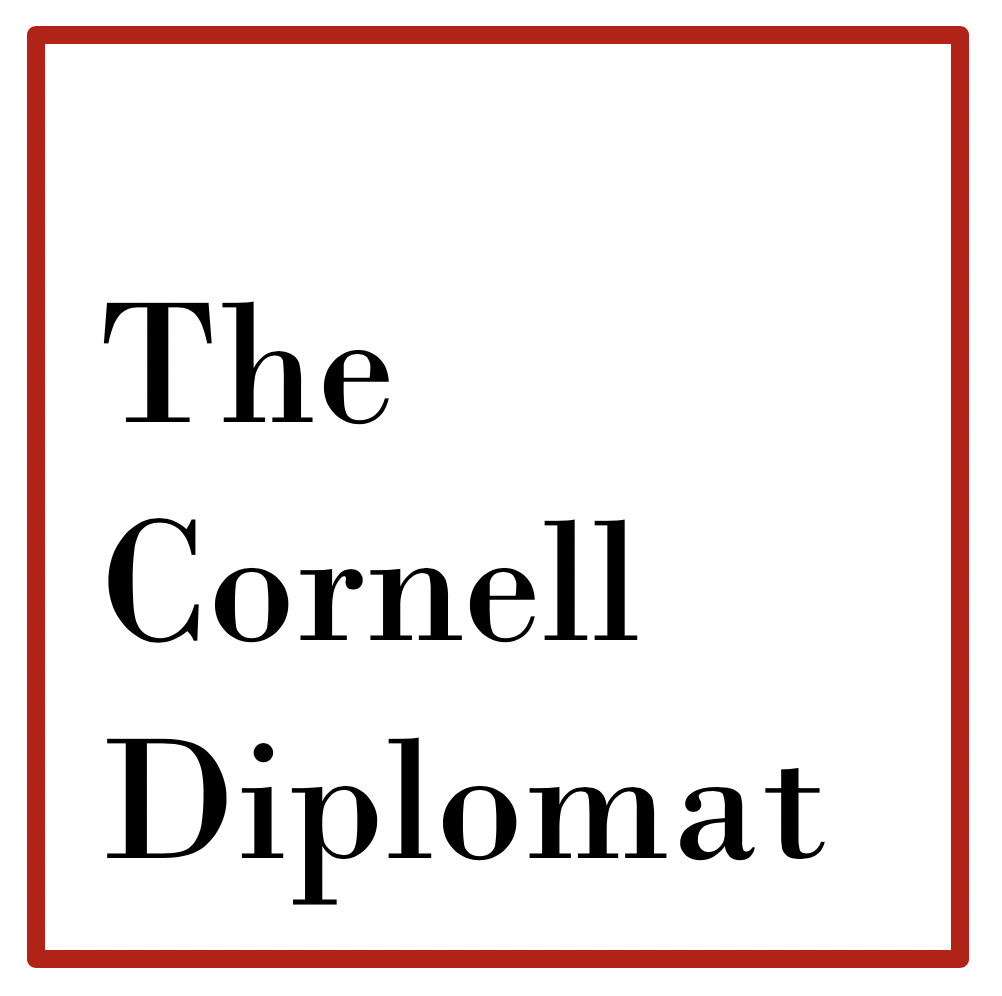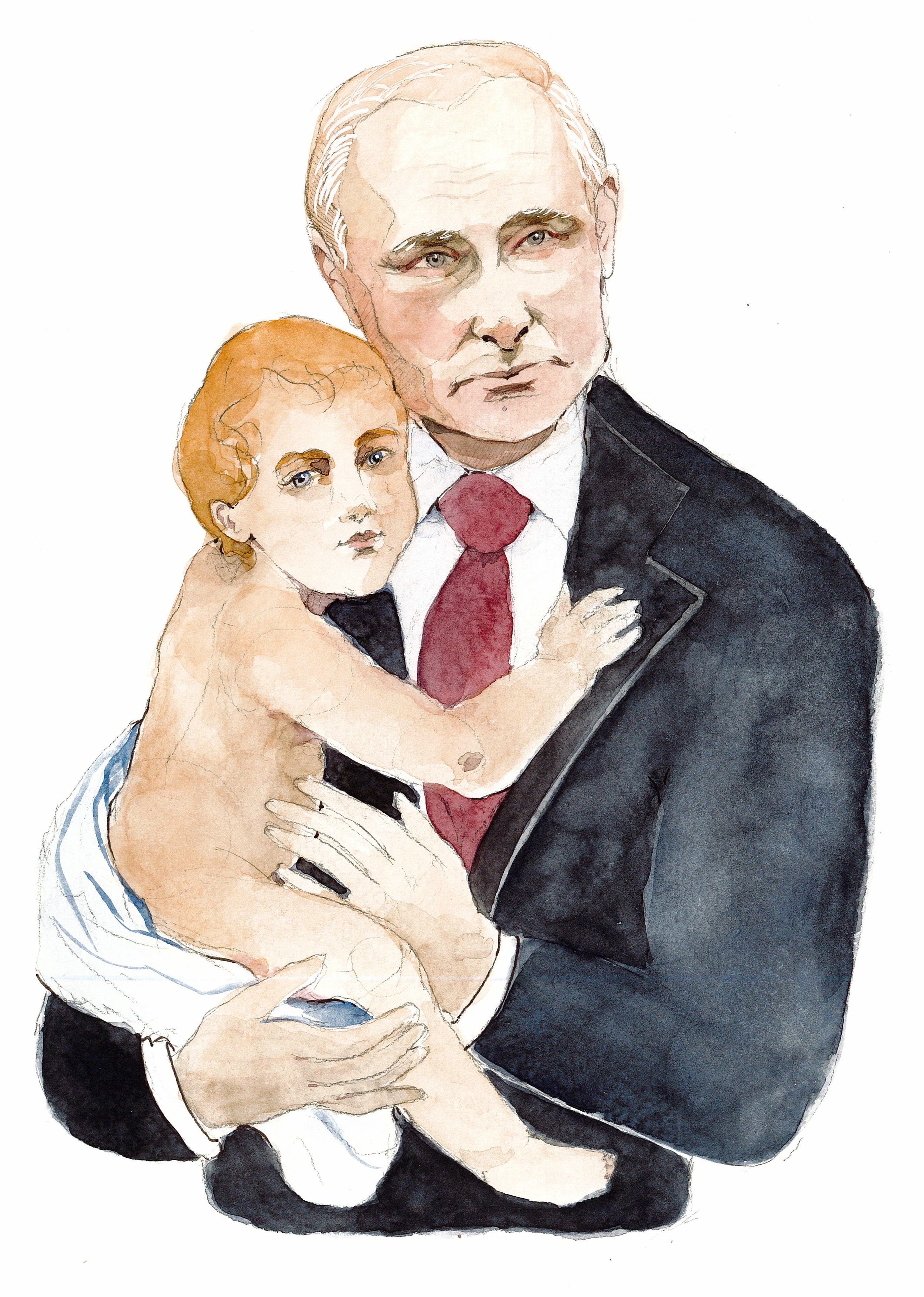The Race for the Perfect Score: The Detrimental Effects of the South Korean Education System
The Race for the Perfect Score:
The Detrimental Effects of the South Korean Education System
By Dorothy Kim
Introduction
On July 23, 1953, the Korean War came to an abrupt halt, leaving families in South Korea scrambling to stay afloat in crippling post-war poverty. Amidst this economic chaos, a zeal for academics arose in South Korea in an effort to address the nation's economic instability, leading to an education system built on the basis of upholding rigorous academic standards. This fear of economic insecurity in South Korea lingers today, with a hypercompetitive score-based education system that grants economically privileged students unfair advantages and facilitates the repression of students’ intrinsic motivation.
The Rise of South Korea’s Education System
Following the Korean War, South Korea’s economy faced multiple devastating crises that heightened the fear of mass poverty among Korean citizens. According to a 1950 report from the The Bureau of Educational and Cultural Affairs (ECA), “70% of the textile industry, 70% of the chemical industry, 40% of the agricultural machinery industry, and 10% of the rubber industry” were damaged. Meanwhile, the war left the state powerless to help its impoverished population. Through foreign aid-fueled industrialization, however, South Korea was able to make an astounding economic recovery, now called “The Miracle of the Han River.” The GDP of South Korea rose from $79 in 1960 to $5,438.24 in 1989.[i]To keep up with Korea’s rapid economic growth, requirements for employment became increasingly demanding, leaving a “plethora of unemployed intelligentsia.”[ii] Unfortunately, this rapid economic success quickly crumbled during the International Monetary Fund Crisis in the late 1990s. The shortage of foreign aid funds quickly caused “the collapse of several major conglomerates” and “mass layoffs” in developing nations such as South Korea.[iii] The resulting corporate restructuring of companies in many of South Korea’s flourishing industries escalated unemployment from 450,000 people to 1,380,000 people between October 1997 and March 1998.[iv]
As many other nations have done after experiencing high levels of unemployment and economic unrest, the South Korean state fixated on education as a means to prevent its next crisis. According to an education model in the World Bank and IMF’s Poverty Reduction Strategy Papers, the stimulation of “demand for schooling” was crucial in poverty-stricken countries. The South Korean government implemented rigorous academic competition in their newly established education system, which in turn produced a more skilled workforce that shifted towards the service industry.[v] Korea’s economic crises exemplified one petrifying truth: lower-level schooling alone would not guarantee economic stability. This truth has led to Korea’s grueling obsession with prestigious higher education.
The Current Score-Based Shadow Education System
One of the Korean education system’s most defining features is the prevalence of out-of-school education. Korean youth are placed into the shadow education system—the use of informal private instruction for formal education—at ages as early as five years old. A recent study indicated that over 83% of the 704 surveyed parents of five-year old children participated in some form of private education.[vi] Additionally, Korean parents collectively spend approximately $17 billion on private education annually.[vii] To delineate, a typical Korean high school student attends school from 8 a.m. to 4 p.m. followed by tutoring or night school sessions that generally last two to three hours each. Depending on the number of extracurricular sessions and proximity to the national standardized test, students will regularly study independently past midnight.[viii] South Korea’s education system is heavily dependent on out-of-school education, with 80.7% of primary students, 69.4% of lower secondary students, and 56.8% of upper secondary students participating in private tutoring.[ix]
Once students transition into high school, there is an increased emphasis on showcasing excellent academic capabilities for college admissions. In contrast to the US college admissions process, which takes a holistic approach that considers many factors such as personal statements and extracurricular activities, college admissions in South Korea is heavily based on one’s academic rank and the College Scholastic Ability Test (CSAT) score. The CSAT was first introduced to Korea in 1969 to screen qualified candidates and provide colleges with fair and objective data on students. In reality, however, it has established a visible score-based hierarchy of universities.[x] The infamous CSAT, an eight-hour testing session of subjects that range from mathematics to Korean history, amplifies the score-obsessed academic culture that is present in South Korea.[xi] Currently, on the day of the CSAT, roads are cleared, police escort late students to exams, and plane takeoffs are delayed during listening language sections.[xii] The national significance of scores for this test highlights the excessive value of academic accomplishment in South Korea.
The Toxicity of South Korea’s Education System
As Korea experiences an increased demand for higher education, students adhere to the “perfect-score” standard by heavily partaking in the shadow education system. In turn, this educational norm isolates students who cannot afford the luxury of extensive private education. Despite the fact that around 70% of high school graduates in Korea will go to university, only two percent of students will attend SKY institutions—Seoul National University, Korea University, and Yonsei University–the three most prestigious universities in Seoul.[xiii] The hypercompetitive academic atmosphere makes it even more demanding to successfully find future employment. The prevalent use of private tutoring discussed above suggests that economic status is an essential factor of gaining an academic competitive edge, and thus getting ahead in what is known as the “educational arms race.”[xiv] Naturally, this raises speculation about what happens to students who cannot extensively invest in supplementary education, as most students without multiple two to three hour sessions of daily personalized instruction cannot produce results that are up to par with their peers. According to a survey conducted by the Korean Educational Development Institute, 41.7% of lower-school level citizens felt that they had “not received a desirable treatment in South Korean society.”[xv] This statistic alone illustrates how socio-economic status has become deterministic in both higher education and employment. As a result, public education is built upon an uneven playing field, with some destined to succeed and others condemned to fail based on pure birth lottery.
The South Korean educational system fundamentally ingrains the fear of failure into students. Students are indoctrinated with score-based standards of success or failure, leading them to focus on outrunning failure rather than following their interests. The fear of failure displaces any intrinsic motivation and emphasizes “self-cultivation through education” solely for successful employment.[xvi] Additionally, economic setbacks such as the IMF crisis encouraged students to prioritize job security over personal interest. Consequently, Korean youth are fueled by practical concerns over academic fascination. In turn, the extrinsic motivation based educational culture eliminates opportunities for students to discover and develop their own passions. Although intrinsic motivation is not essential for stable employment after graduation, a lack of personal drive leads to the suppression of passion-driven learning for many Korean students. In his research, Kwon showed that the “level of intrinsic motivation is significantly low compared to such high academic performance.”[xvii] Additionally, the Programme for International Student Assessment report on Korean students indicated that the level of student engagement, motivation, self-belief, and appreciation for the subject itself was low compared to their belief that the subject would improve their career prospects. This can explain the popularity of “stable” professions in the medical, legal, and engineering fields. Because students are motivated by increased chances of a stable wage rather than academic exploration, the educational system strips Korean students of autonomy, individuality, and independence.
Conclusion
From post-war poverty to economic prosperity, South Korea has maintained its exceptionally cut-throat education system as a means to avoid economic insecurity. The prevailing fear of poverty, economic plateau, and economic instability contributes to the emphasis of higher education in Korean society to this day. Although the Korean education system appears to be effective due to its academic rigor, the system is built upon economic hierarchies and anxiety-fueled competition.
The education system that relies on private money to supplement public schooling creates economic inequalities, preventing less privileged students from entering higher education institutions. As a result, students are often deprived of opportunities to develop their own passions due to their fear of failure and lack of intrinsic motivation. The current South Korean education system does little to prevent hypercompetition and score-based learning. The inherent goal of education is to lead students into a better future–the adoption of constructive guidance and academic autonomy can protect the remaining younger generations from the travails of “success.”
Illustration by Esther Wang
[i]. Brendan Howe, “South Korea: Transformative Challenges to the Economic and Political “Miracle on the Han River,” Asian Affairs: An American Review 47 (2019): 18. https://doi.org/10.1080/00927678.2019.1704469
[ii]. Seong-Kyu Ha and Seong-Woo Lee, IMF and the Crisis of the Marginalized Urban Sector in Korea,” Journal of Contemporary Asia 31, (2007): 174. https://doi.org/10.1080/00472330180000121
[iii]. Joo‐Ha Nam and Taehong Jinn, "Bankruptcy prediction: Evidence from Korean listed companies during the IMF crisis," Journal of International Financial Management & Accounting 11, no. 3 (2000): 178. https://doi.org/10.1111/1467-646X.00061
[iv]. David Coe and Se-Jik Kim, “The Korean Labor Market: The Crisis and After,” Korean Crisis and Recovery, (2002): 275. https://doi.org/10.5089/9781589060685.072
[v]. Joseph Zeira and Hosny Zoabi, “Economic growth and sector dynamics,” European Economic Review 79, (2015): 1. https://doi.org/10.1016/j.euroecorev.2015.06.007
[vi]. Se-Hwan Bak, “83 percent of five-year-olds in Korea go to hagwon,” Korea Herald, January 9, 2017, http://www.koreaherald.com/view.php?ud=20170109000747
[vii]. Jae-Heun Kim, “Private education cost reaches record high,” Korea Times, March 12, 2019, https://www.koreatimes.co.kr/www/nation/2019/03/181_265235.html
[viii]. Sharif, “Suneung: The day silence falls over South Korea,” BBC, November 26, 2018, https://www.bbc.com/news/world-asia-46181240
[ix]. Wei Zhang Wei & Yoko Yamato, “Shadow education in East Asia: Entrenched but evolving private supplementary tutoring,” (2018). https://www.researchgate.net/publication/324603317_Shadow_education_in_East_Asia_Entrenched_but_evolving_private_supplementary_tutoring
[x]. Chan-Ho Park, “The College Scholastic Ability Test in Korea: Introduction and Related Issues,” Kaera Research Forum 1, (2014): 37. http://www.columbia.edu/~ld208/KAERA_2014.pdf#page=37
[xi]. Sharif, “Suneung: The day silence falls over South Korea.”
[xii]. Sharif, “Suneung: The day silence falls over South Korea.”
[xiii]. Sharif, “Suneung: The day silence falls over South Korea.”
[xiv]. Deepti Mani, “Education in South Korea,” World Education News and Reviews, October 16, 2018, https://wenr.wes.org/2018/10/education-in-south-korea
[xv]. Jeong-Kyu Lee, “Educational Fever and South Korean Higher Education,” REDIE 8, August 18, 2006, http://www.scielo.org.mx/scielo.php?script=sci_arttext&pid=S1607-40412006000100002
[xvi]. Suh-Kyeong Kwon, Moon-Bok Lee, and Dong-Kwang Shin, “Educational assessment in the Republic of Korea: lights and shadows of high-stake exam-based education system,” Assessment in Education: Principles, Policy & Practice 25, (2017): 4. https://doi.org/10.1080/0969594X.2015.1074540
[xvii]. Kwon, Lee, and Shin, “Educational assessment in the Republic of Korea: lights and shadows of high-stake exam-based education system,” 14.



